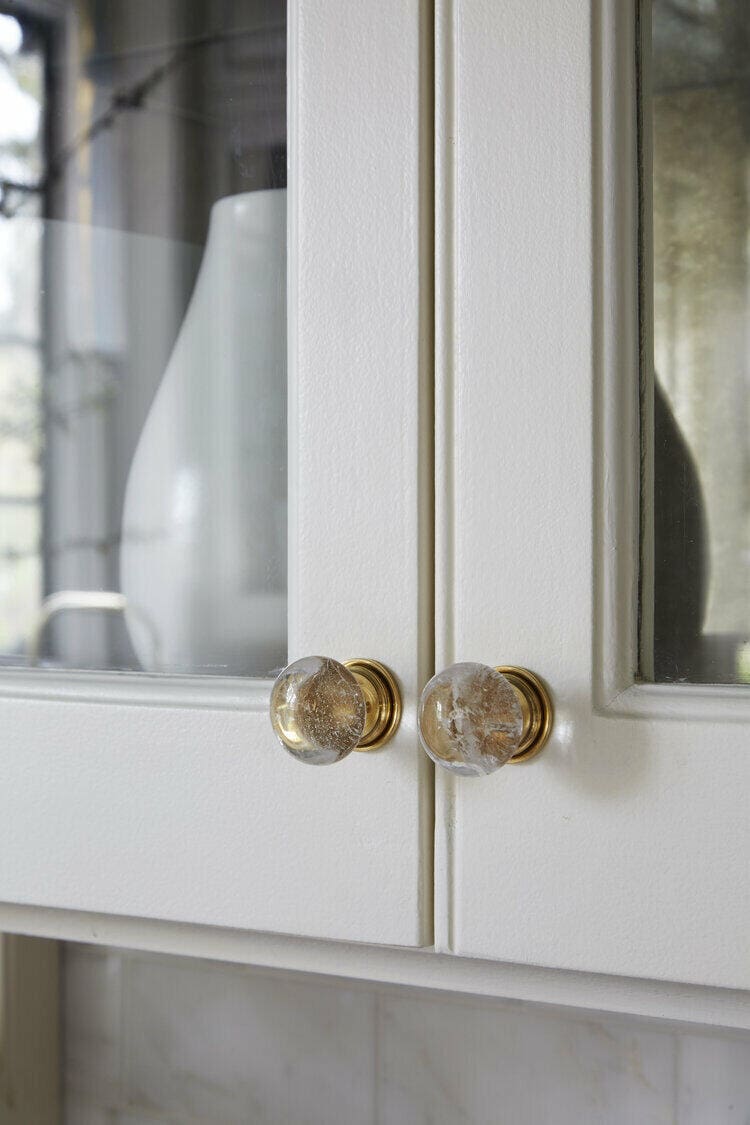
Design Guide to Hardware throughout the Home
Design is in the details, and the visual power of hardware is certainly a testament to that. When thinking about impactful ways to elevate the design of your home, hardware might not be the first thing that comes to mind, but once you swap out a standard pull for one that reflects the character of the rest of the home — or adds a touch of something new — you’ll be amazed at how the little details bring the room to life.
Today I am excited to talk about the lesser-known “jewelry of the home” and share my best tips for elevating your hardware:
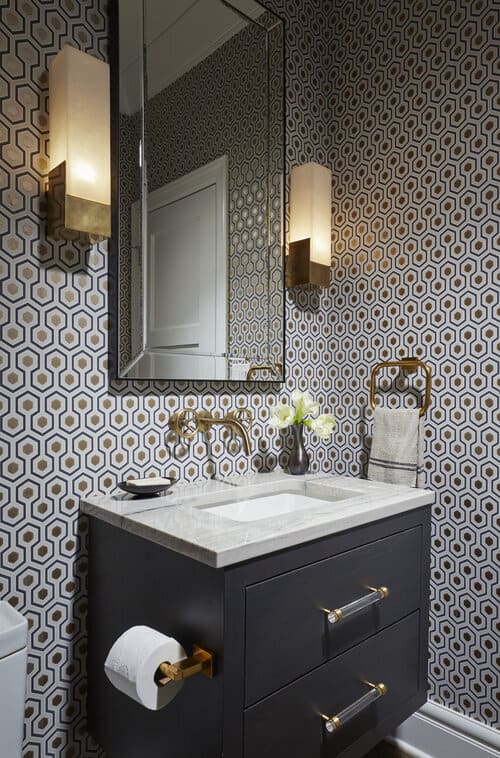
Let overall design inspire your hardware choices.
Hardware should be one of the very last design decisions you make. Before selecting those beautiful glass knobs or bronze pulls, decide on your cabinetry and countertops and let the design of these larger pieces guide your hardware choices.
Not only will the style of the space send you down the right hardware design path, but its size and purpose will also play a big role in guiding you towards your perfect hardware. Scale is just as important as style. For example, when choosing hardware with pulls, a good general rule of thumb is the pull should be about two-thirds the length of the drawer. When in doubt, go up a size for a more dramatic look.
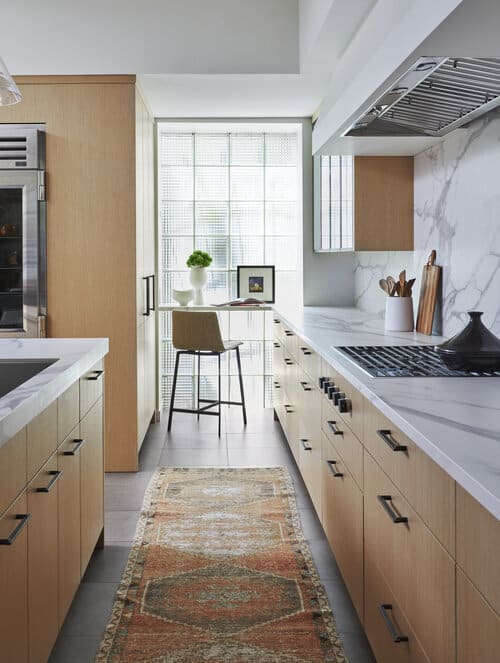
Consider purpose and functionality.
First and foremost, you should consider the function of hardware — and one of the most important components of function is comfort. I love to bring samples to my clients when making hardware selections so they can touch and feel the pieces and see how the design fits with their hands.
If you think about how many times you open your kitchen cabinet to grab cereal for your kids or reach into a drawer for a spoon that will stir just a tad more sugar into your much-needed coffee, you’ll instantly realize that a knob or pull that fits your grip is crucial. The last thing you want is to fall in love with a beautiful, intricate style, only to figure out after installing it that the ornate detailing creates discomfort for your fingers every time you open your cabinet.
That’s not to say your hardware can’t also be beautiful, but keep functional design at the forefront of your decision-making process and invest the time and energy to find hardware that has a comfortable grip, especially for high-use spaces. Save the intricate knobs or artistic pulls for an area where you aren’t opening and closing the cabinet multiple times a day.
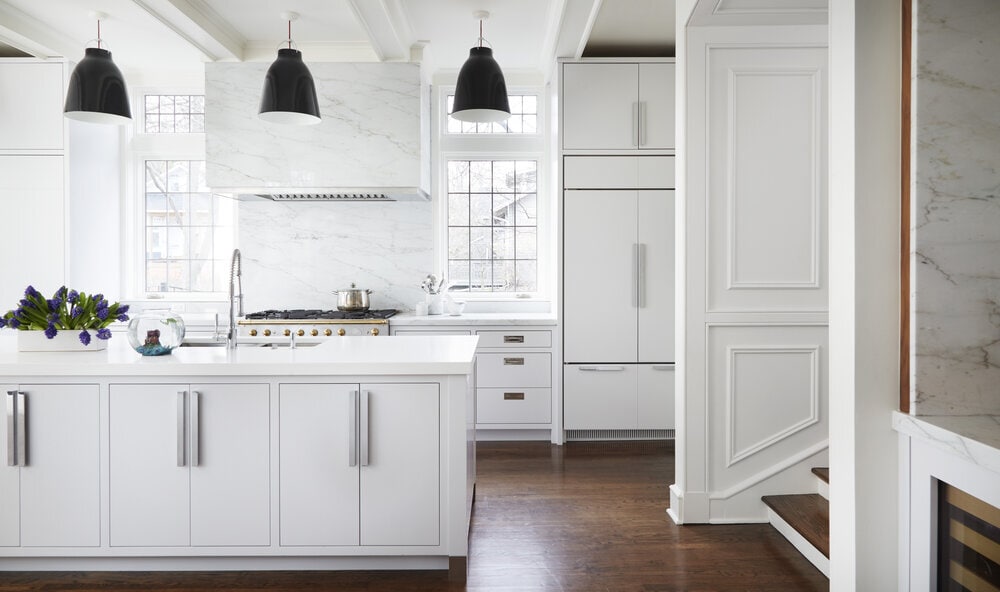
You must also consider the maintenance associated with your hardware. In my kitchen, we have polished hardware, and while I love it and wouldn’t have it any other way, it does show fingerprints quite easily — if you go the polished route, be prepared to be wiping down your hardware often to rid it of dulling smudges and keep it shining.
Unlacquered brass is another favorite hardware material, with a natural twist. Due to oxidation, it will start to show a warm patina over time, and the more you handle it, the quicker the patina will develop. The natural changes in finish only add to the beauty of the hardware; and this durable material will last a lifetime. However, if you do want to bring it back to its original state, you can clean and polish a few times a year. Either way, unlacquered brass can be a beautiful option — and it’s antimicrobial, too — just make sure you’re educated on the finish and the potential maintenance needs.
Always do your research on hardware — both by understanding the qualities of the material and whether it’s practical for your lifestyle, and also by handling the pieces, so you know you know you’re choosing both beauty and comfort.

Let the room guide your decision.
The type of hardware I recommend to clients varies substantially room-by-room. For example, in a large kitchen with walls of cabinetry, I might suggest a simpler hardware choice, while in a bathroom with a small vanity, I’d recommend searching for the perfect statement knobs that add a stand-out design element to the space. The inherent repetition of hardware in a large kitchen with many cabinets turns a simple knob or pull into a chic design element; in the bathroom, those distinctive knobs lend the vanity the feeling of a luxurious piece of furniture.
The room and its function will also guide you in the right direction for the hardware type you choose. For instance, bin pulls and latch pulls are great choices for a kitchen, where they add a unique design touch but are also practical additions to the room. Below are a few more of my go-to design tips, outlined room-by-room:
-
Kitchens: A kitchen is a perfect space to think practically, as it’s such a high-use room. While pulls do cost more, I always recommend them for kitchens as they are much easier to use. If the price is adding up a bit too quickly for your budget, consider knobs on top and pulls on the bottom.
-
Butler pantries: I love to use cremones in butler pantries, like the picture above, as it’s the perfect small space to add a statement-making hardware choice. This design detail can make a significant impact on a smaller room.
-
Bathrooms: Use hardware as a stand-out design detail to really emphasize each bathroom’s unique design vision. I love to have the bathrooms all reflect their main occupier; for example, the primary bedroom’s bath should have a luxe ambiance; your teenage son’s bathroom might be a bit more minimalistic and modern, and your young daughter’s bathroom might lean more whimsical and fun. You can play around with different metals, shapes and even materials like lucite to achieve these unique styles in a subtle yet impactful way that reflects the occupier and ambiance.
-
Powder rooms: Powder rooms are the perfect place to incorporate unique hardware, like antique pieces. I love the inherent storied character it adds to a smaller space.

Elevate your doorknobs.
Let’s not forget about another impactful opportunity for elevated hardware: doorknobs. There are so many beautiful designs out there, but I always encourage clients to keep the design aesthetic consistent with other hardware around the home for a more cohesive look. Make your knobs, pulls, and doorknob decisions in tandem, when possible.
In terms of the doorknobs themselves, while levers are great if you have children, there are many more options for knobs, so I often find myself going in that direction for a more unique look.
In the image above, we selected a modern brass knob that leans toward art deco style and fits the look and feel of the home perfectly. It immediately elevated the space and was the perfect design detail to create a sleek, strategic cohesiveness to the design.
Front doors are also the perfect place to have fun with bold or vintage hardware for a grand entrance.
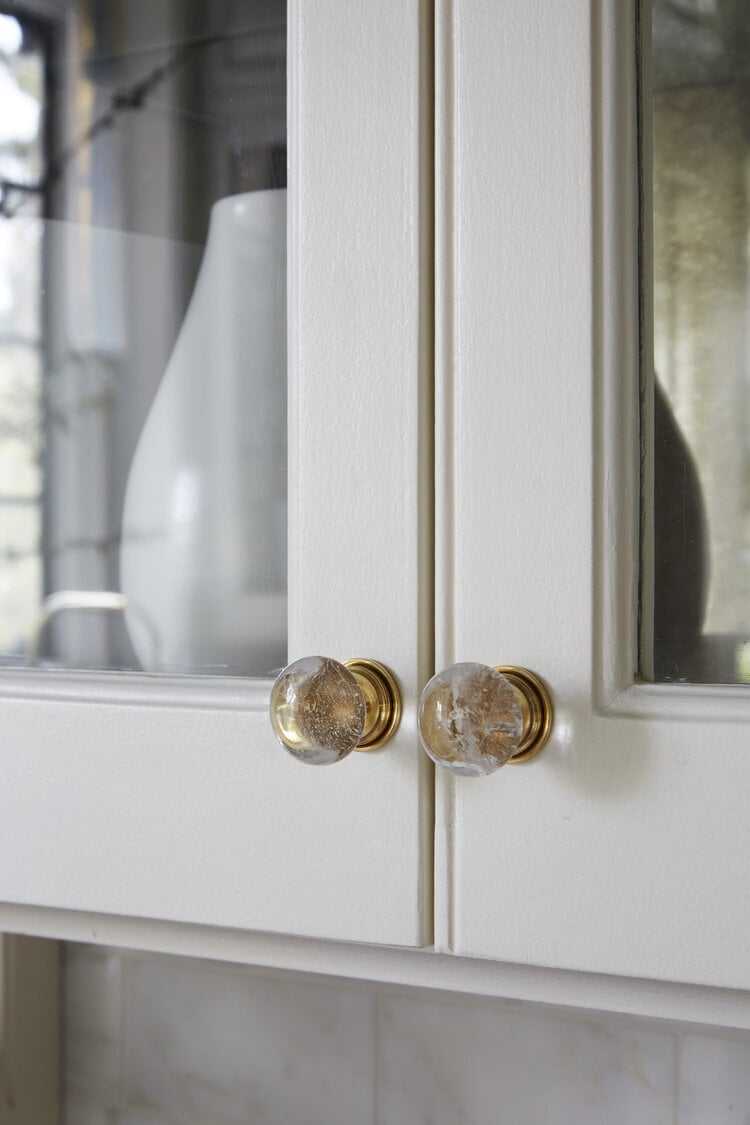
Invest in quality for longevity and luxury.
This tip brings us back to selecting your hardware in person: there’s no doubt that you can feel the difference between quality hardware that will last forever and hardware that will feel cheap when it’s in your hand. The quality comes through in the weight and texture of the metal, which is why I always recommend having a hands-on experience selecting your hardware.
Choosing quality pieces is absolutely worth the investment, especially if you’ve just spent the time and money remodeling the space. Hardware is not your opportunity to save a few hundred dollars. Invest in the design details and you will thank yourself for decades to come.

Don’t be afraid to go bold.
Last but not least, my favorite piece of advice is to have fun with your hardware. Just like lighting, hardware can serve as jewelry for the home. If your beautiful chandelier is the striking necklace of your lovely abode, then your kitchen pulls are the outfit-making earrings that complete the look. Don’t be afraid to go bold and carry through your personality and design aesthetic full-force into your hardware selection.
I love watching as hardware is installed in my designs and seeing the final touches truly bring the spaces to life. You will be amazed at what quality hardware can do to your kitchen, bathroom or custom cabinetry, adding the finishing details to the space.
amy kartheiser design
home
about
services
portfolio
press
contact
Copyright © 2026 Amy Kartheiser Design | Website design by the la.rue creative studio